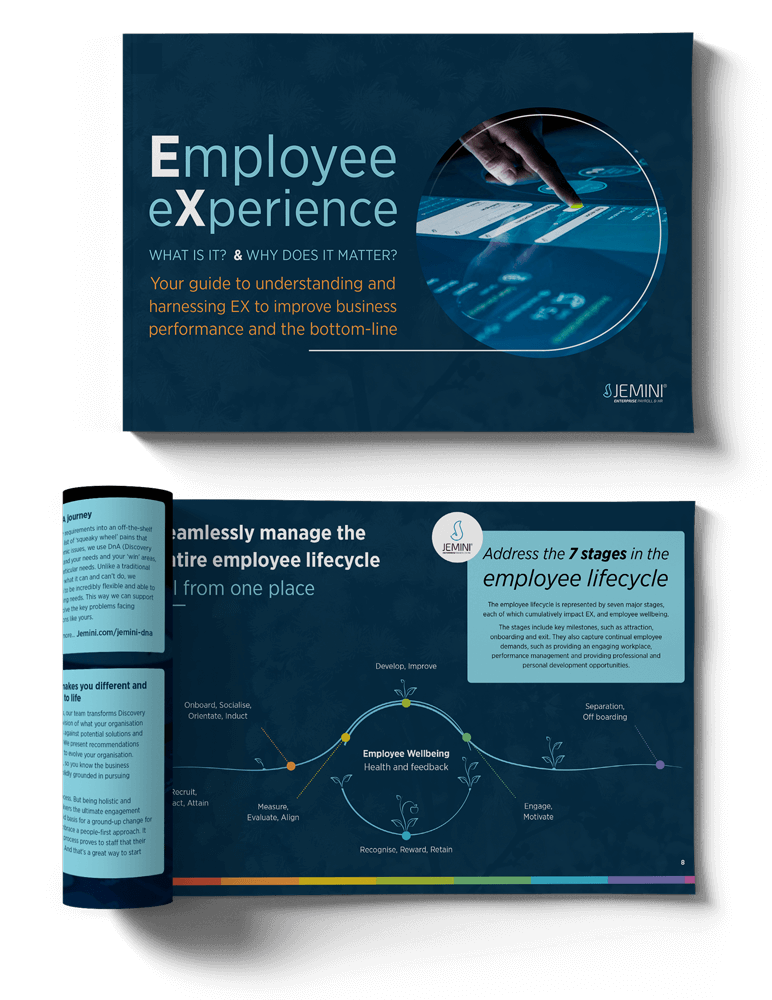We’ve blogged at length about the importance of employee engagement, and the impact it has on workplace productivity, innovation, job satisfaction, loyalty, recruitment, and retention. So, we won’t revisit old ground.
But now you’ve taken on board everything we’ve suggested to achieve higher levels of productivity (well done, you!), how do you reward those kick-ass employees who have gone above and beyond your expectations - and exceeded their agreed KPIs? And does the actual promise of a reward encourage your employees to work harder? To answer the second question first – yes – studies show that 78% of workers work harder and with more enthusiasm and commitment when their efforts are being rewarded.
While a rewards programme should always acknowledge employee actions that align with your company’s culture and mission, it’s equally important to recognise and incentivise productivity that contributes to your bottom line.
What are the 3 top rewards, and why?

1. The cash carrot. You’d expect pure cash would be at the top of most employees’ lists, right? And it certainly is when it makes up part of an employee’s remuneration for achieving sales targets. But in his co-authored article on Winning the War for Talent, Ashley Whillan, an associate professor at Harvard Business School, says that employees may no longer be incentivised with pure cash. “With most of today’s employees, you’re trying to help instil intrinsic motivation, so they feel motivated to put in more effort out of enjoyment for what they do and appreciation for their jobs, rather than feeling extrinsically motivated by cash alone.” However, it’s to be noted that the decline in popularity for cash rewards is only in some sectors. For example, Harvard Business School says that studies of the service, sales and manufacturing industries show that cash rewards lead to increased sales, improved customer service and higher levels of daily productivity. But when it comes to the complex creative jobs that make up most work in our modern knowledge-based society, cash is less meaningful.
2. It’s the thought that counts. Whillan’s study observed that a 2017 study of 600 salespeople found that when the mixed cash and prize reward program was replaced with an equivalent value all-cash package, it resulted in a dramatic plummet in employee effort. This in turn led to a 4.36% drop in sales that cost the company millions in lost revenue. Whillan’s article says, “The firm may have inadvertently demotivated salespeople who preferred prizes or discouraged workers who liked having a choice.” Ouch. So why do some employees prefer non-cash gifts? The reality is that a gift of cash (while appreciated at the time) doesn’t stick in your mind unless you spend it on something memorable, like a trip or luxury experience or item. When it disappears on that unexpected vet or power bill or goes towards paying off a credit card, it’s soon forgotten. Whereas if the cash is given on a gift card or voucher (think travel, gym memberships, clothing, dining out) the personalisation shows an employee that thought has been applied, not just cash doled out.

3. Recognition experiences. In a recent study by Harris Group, they report that 72% of millennials (the generation who incidentally make up the single largest age group in the NZ labour force) prefer to spend more money on experiences than on material items. While perks like a parking space or extra holidays are still great rewards, exclusive experiences are even more appreciated. These can be small, like winning a morning tea at a popular local eatery for the team, to a mystery weekend away including flights, hotels, meals, and car rental. Millennials are also keen on career advancement, so learning and training opportunities that will help advance their professional progress are also welcome rewards.
But wait, there’s more
As well as offering rewards to keep productivity front of mind, don’t forget to ensure that your employees clearly understand the judgment criteria you are using to allocate rewards, and what they need to do to be eligible to achieve them. If possible, provide performance data so employees can gauge their own performance and see for themselves how close they are to reaching or exceeding their goal.
And to further enhance the value of any reward, include a handwritten note of appreciation for your productive employee in recognition of their contribution to the business. A little thanks goes a long way!





